Kon Tum is a land containing unique cultural values of 43 ethnic groups; including 7 local ethnic minorities.
Nature has endowed the province with wild landscapes and fertile primeval forests, stretching from the top of Ngoc Linh Mountain down to the Pleiku Plateau. These have created a land full of interesting things for tourists to explore and experience.
In the merger, Kon Tum province (old) will become the western land of Quang Ngai province (new). With the connection between forest and sea, along with the development of the transport infrastructure system, Kon Tum promises to become an interesting destination for tourists, thereby creating a breakthrough for the tourism industry - one of the key economic sectors of the province.
Breakthrough opportunity
According to statistics from the Kon Tum Provincial Tourism Department, in the first 6 months of 2025, the total number of tourists to the province reached nearly 1.5 million, mainly domestic tourists.
This figure is equivalent to the same period in 2024, but total revenue from tourism reached 520 billion VND, much higher than the 365 billion VND revenue of the same period last year.
In addition, the number of international visitors to the province has doubled, from 3,950 to more than 7,500. These are very positive signals for the development of Kon Tum province's tourism industry.
Ms. Bach Thi Man, Deputy Director of the Department of Culture, Sports and Tourism of Kon Tum province, affirmed that the implementation of the policy of merging provincial administrative units under the direction of the Central Government is a strategic step, creating favorable conditions for restructuring the development space, including the tourism sector. After the merger, the newly formed administrative geographical area will converge both sea and forest elements, plateaus and plains, creating a diverse and attractive tourism picture.
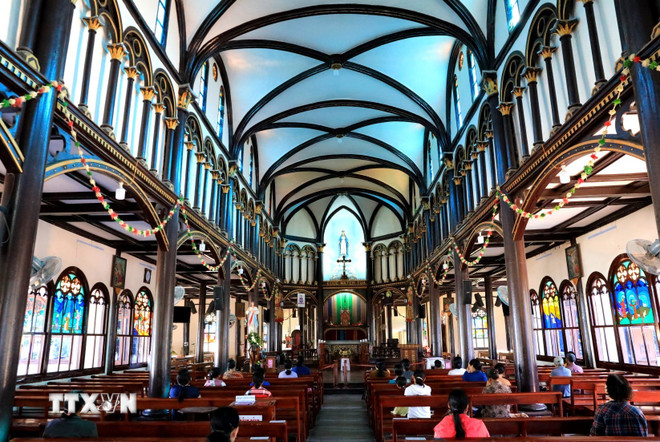
“For the Kon Tum region, the direct connection with Quang Ngai province - a locality with a long coastline and many unique historical and cultural relics - will open up a strong connection between forest ecotourism, community tourism associated with ethnic minority culture of Kon Tum and island tourism, cultural heritage and cuisine of the Central region of Quang Ngai. This is a great opportunity to form cross-regional tourism routes with more diverse and attractive products for domestic and international tourists,” Ms. Bach Thi Man emphasized.
Mr. Bui Viet Ha, Chairman of Mang Den Tourism Association, said that Mang Den Eco-tourism Area is always an ideal destination for tourists, because of its quiet space, wild scenery, and cool climate.
About 80% of tourists coming to Kon Tum will come to Mang Den to visit and experience the various types of tourism here. Besides relaxation, tourists also come to experience the culture of local ethnic minorities and experience high-tech agricultural production. These are all types of tourism that foreign tourists are very interested in.
“When the province is merged, Mang Den will become the point located between the old Kon Tum province and the old Quang Ngai province. This is an ideal condition for Mang Den to develop, because when merged, Quang Ngai's resources will be very large, and the new Quang Ngai province's leaders will have specific strategies for Mang Den to both develop and retain its inherent characteristics. Mang Den Tourism Association will also have solutions to develop tourism and services to catch up with the development trend of Mang Den in the new period,” Mr. Bui Viet Ha shared.
Preserving identity, developing infrastructure
Mr. Bui Viet Ha said that although there are many potentials and advantages for tourism development, the unsynchronized transport infrastructure system is the "bottleneck." In fact, the lack of a convenient transport system makes it difficult for many travel companies, tour operators and tourists to build tours and tourist routes.
For example, National Highway 24 connecting Quang Ngai and Kon Tum is currently not really convenient, with many sharp curves and dangerous mountain passes; or the routes connecting destinations in Mang Den are not synchronized, causing obstacles in the process of sightseeing and experiencing of tourists.
Meanwhile, Ms. Bach Thi Man pointed out that the most important factor considered to be the “key” to connecting sea and forest tourism is the synchronous transport infrastructure and tourism infrastructure. When the connecting routes from Kon Tum plateau to Quang Ngai sea are upgraded, shortening travel time, it will create ideal conditions to form products such as “morning sea-afternoon forest,” “resort tourism combined with cultural experiences.”
In addition, digital transformation, linking travel businesses, and developing high-quality tourism human resources will also be key factors.
Regarding the culture of ethnic minorities, Ms. Bach Thi Man believes that the tourism industry needs a two-way approach. On the one hand, actively integrating into the common cultural space of the new Quang Ngai province to spread values; on the other hand, there must be a sustainable conservation strategy, helping ethnic minorities to be proud and proactive in preserving their identity through developing community tourism, experiential tourism, and teaching intangible culture.
At the working session with the Standing Committees of the Provincial Party Committees of Quang Ngai and Kon Tum provinces on the afternoon of June 2, General Secretary To Lam emphasized that after the merger, the three main ecological regions of the new Quang Ngai province, namely the highland mountainous region, the delta region and the sea and islands, will coexist in a unified area, opening up the possibility of sustainable, multi-sector economic development, from high-tech agriculture, supporting industry to marine economy, renewable energy and eco-tourism and resorts.
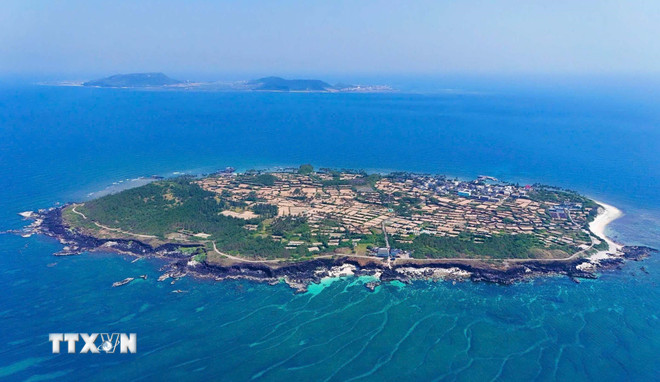
Tourism in the new province will have comprehensive appeal with unique destinations such as Ly Son with its sea and islands and geological heritage - Mang Den, Kon Plong with temperate climate and primeval forests; combined with historical revolutionary relics such as Ba To, Tra Bong.
Thereby, forming a green tourism center, rich in identity and highly competitive in the region.
The General Secretary requested that the new Quang Ngai province must promote the synchronous development of marine economy and tourism services, taking the Ly Son island special zone, Mang Den eco-tourism area, tourist destinations associated with heritage, history, culture, spirituality, and ethnic minority identities as highlights.
Along with that, forming smart ecological urban areas along both banks of Tra Khuc River and Dak Bla River, linking nature conservation with modern development.
The General Secretary emphasized that the new province needs to focus on preserving and promoting the cultural identity of ethnic groups, harmoniously integrating it into socio-economic development, developing community tourism, traditional craft villages, preserving long-standing cultural values, creating new livelihoods, contributing to increasing income for sustainable development, especially in rural and mountainous areas.
Regarding infrastructure, it is necessary to accelerate investment in strategic infrastructure systems with regional and international connectivity such as the Quang Ngai-Kon Tum expressway, Mang Den airport, the railway connecting to the Central Highlands, the Ngoc Hoi-Kon Tum-Pleiku expressway, along with upgrading National Highways 24, 40, 40B, 14C, etc.
The in-depth guidance of General Secretary To Lam will be the "compass" for the new Quang Ngai province to develop tourism in depth and sustainably according to the strengths of each region and area.
At that time, the West of the new Quang Ngai province (formerly Kon Tum province) is expected to make a breakthrough in tourism, soon exceeding the target number of 2025 of welcoming 3 million visitors to visit and experience./.
Source: https://www.vietnamplus.vn/co-hoi-cho-du-lich-kon-tum-but-pha-sau-khi-hop-nhat-voi-quang-ngai-post1046673.vnp



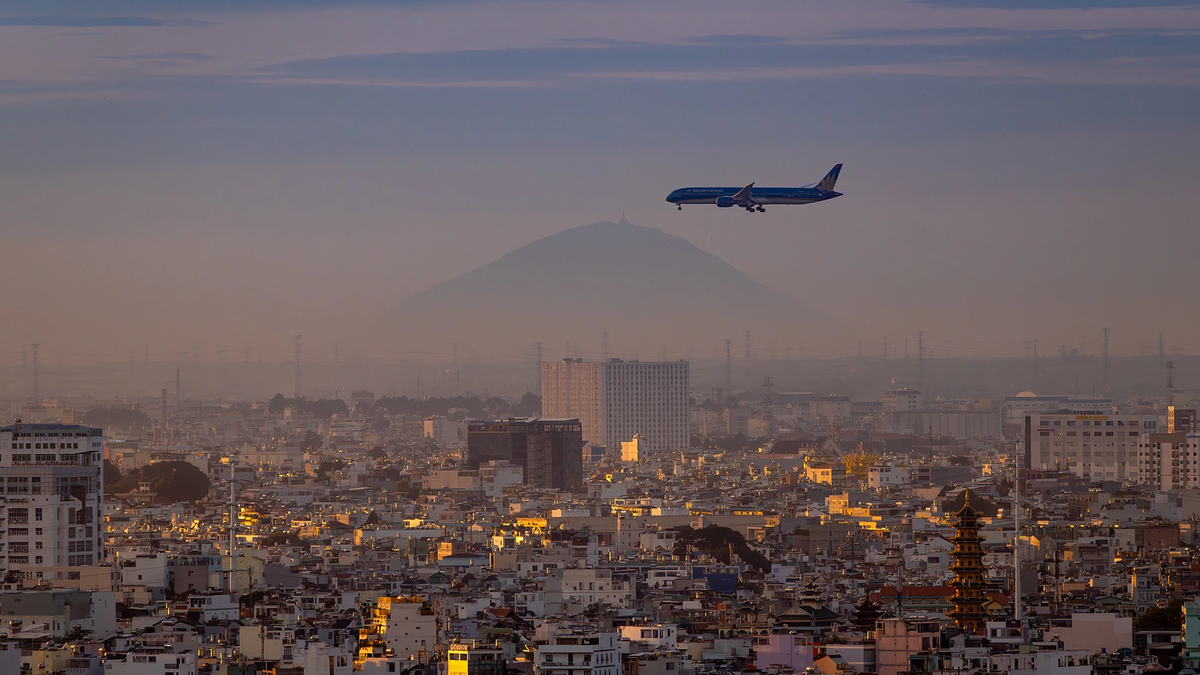

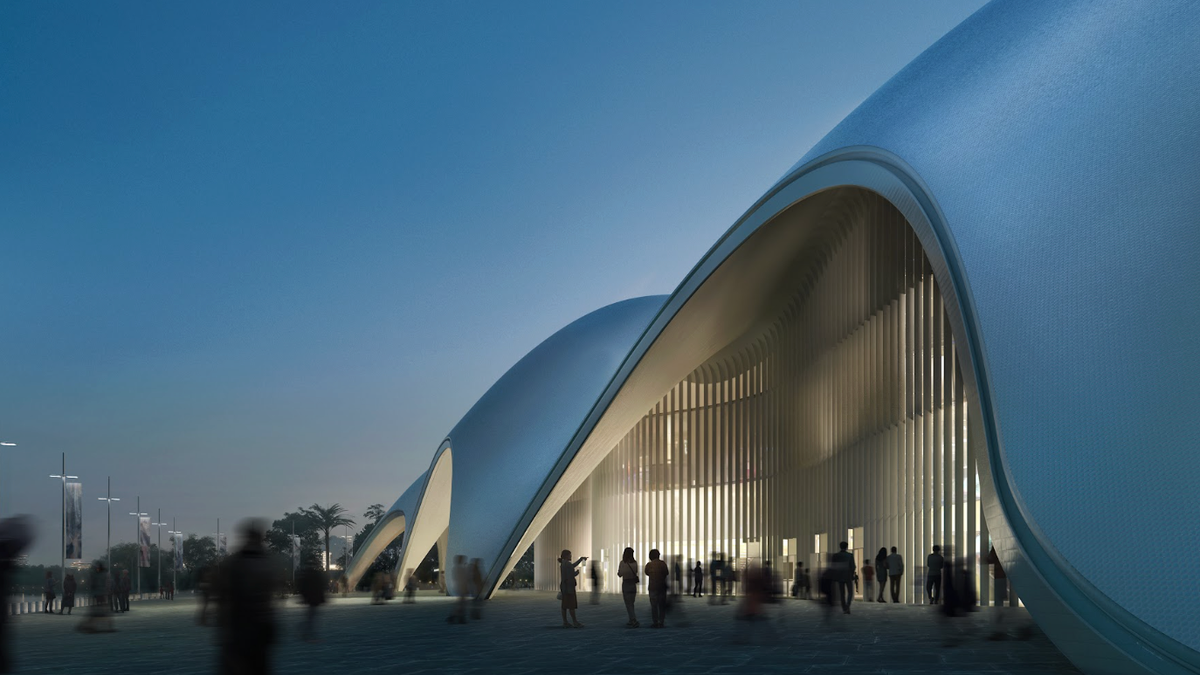

![[Photo] Prime Minister Pham Minh Chinh chairs a meeting of the Government Standing Committee to remove obstacles for projects.](https://vphoto.vietnam.vn/thumb/1200x675/vietnam/resource/IMAGE/2025/10/06/1759768638313_dsc-9023-jpg.webp)
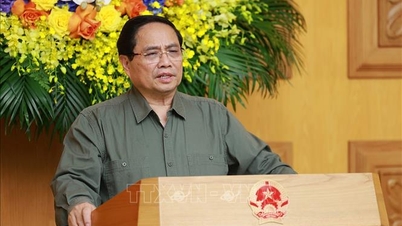

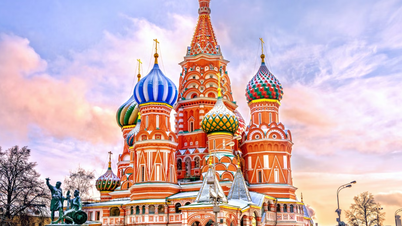



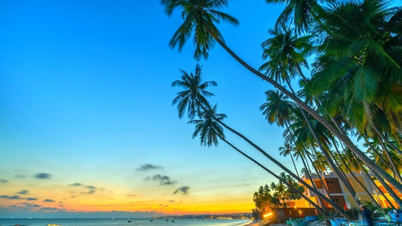
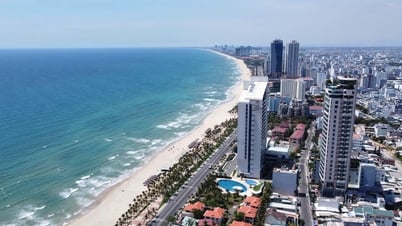






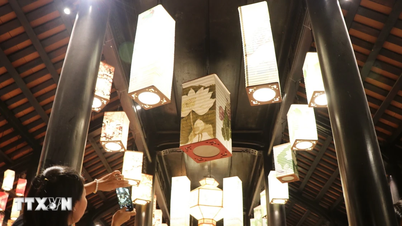









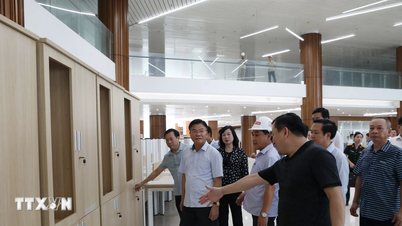



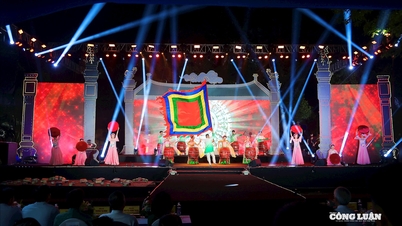

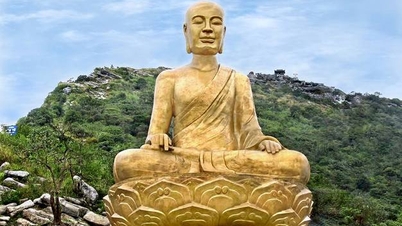

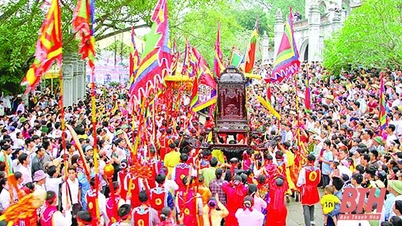

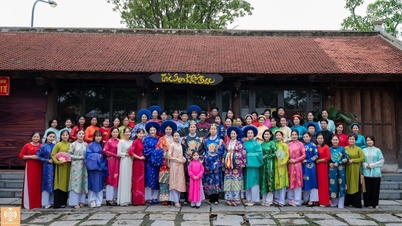

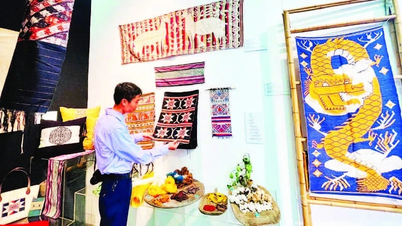










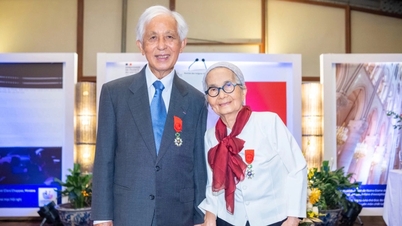
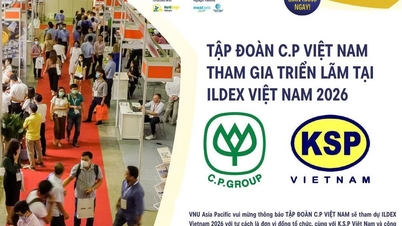



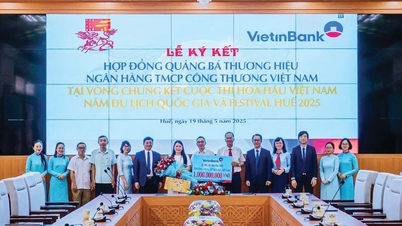
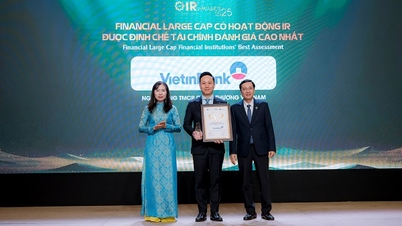
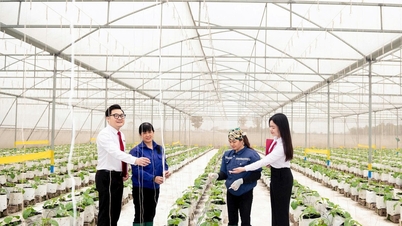

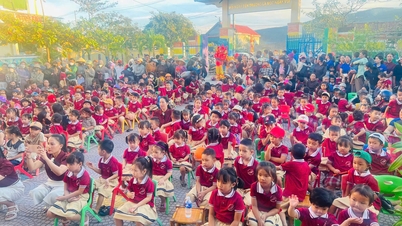



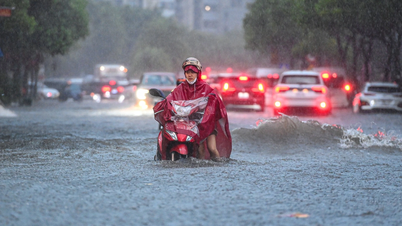



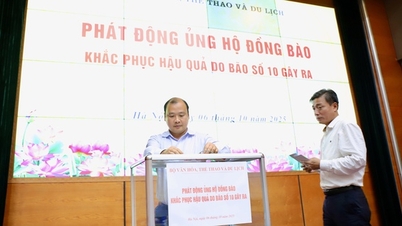


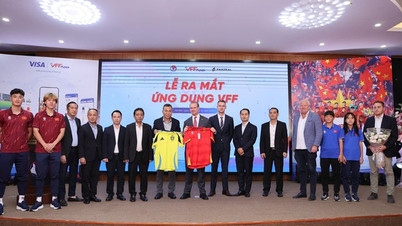



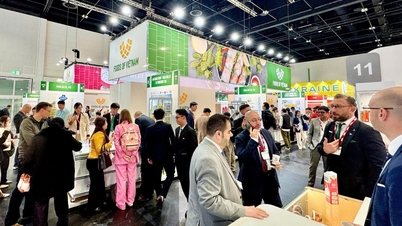








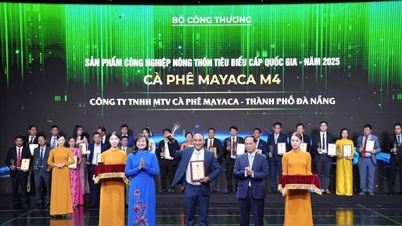


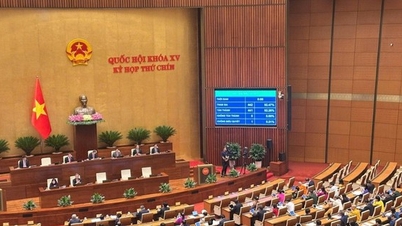








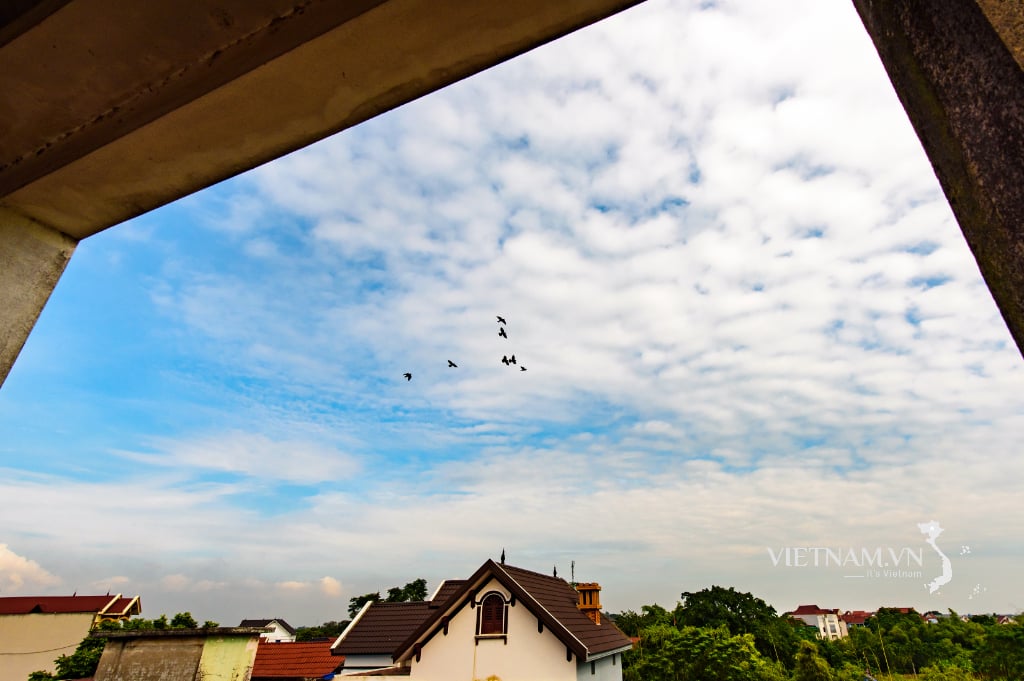
Comment (0)